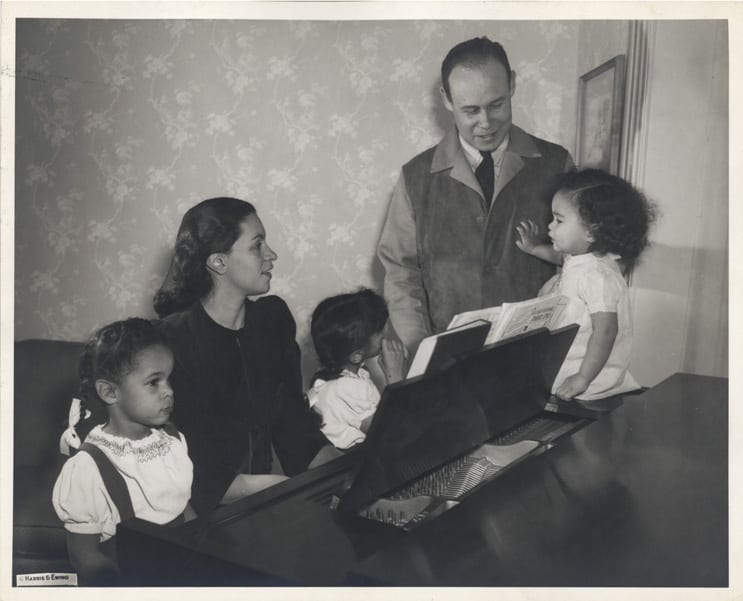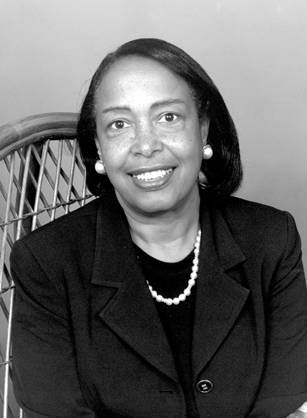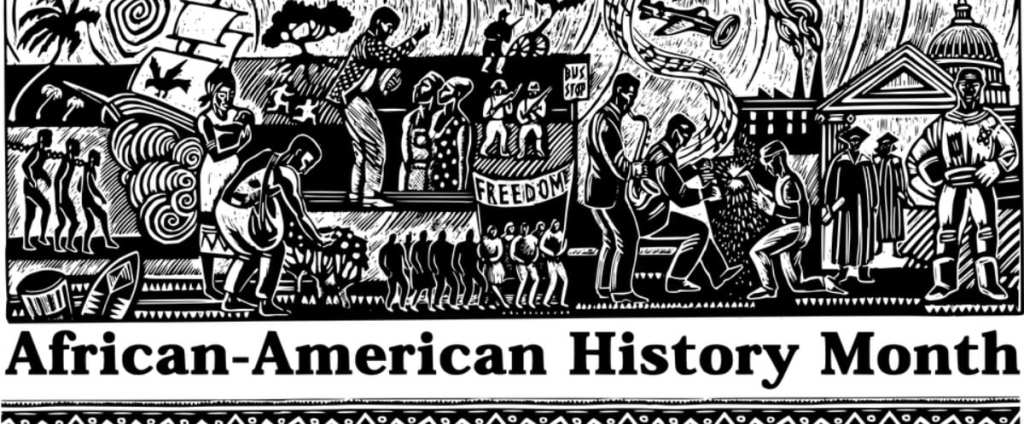Trending Now
It’s Black History Month, a time when we purposefully seek out and highlight African American scientists, activists, freedom fighters, teachers, doctors, etc. who have contributed to the building and success of this great nation and their own communities.
Today, we’re remembering these 8 African American inventors who shaped the world we live in today.
#8. George Carruthers

Photo Credit: Public Domain
An astrophysicist who spent his career working with the Space Science Division of the Naval Research Laboratory in Washington, D.C., George Carruthers is most famous for creating the ultraviolet camera/spectograph. NASA used the technology to launch Apollo 16 in 1972, and it helped prove that molecular hydrogen existed in space. It was used again in 1974 to help scientists observe Halley’s Comet on the U.S.’s first space station.
He was inducted into the National Inventors Hall of Fame in 2003.
#7. Thomas L. Jennings

Photo Credit: Pixabay
Jennings was the first African American person to receive a U.S. patent – he invented an early method of dry cleaning in 1821. He fought for his right as a free man to apply for and receive the patent despite his skin color and paved the way for future inventors of color to gain rights for their own inventions.
He used the money he earned to free the rest of his family and to donate to abolitionist causes.
#6. Jan Ernst Matzeliger

Photo Credit: Public Domain
The common person struggled to afford shoes in the 19th century, but that fact changed when Dutch Guiana immigrant Jan Ernst Matzeliger invented an automated machine that attached a shoe’s upper part to its sole. The device could make 700 pairs of shoes a day, while a worker was only able to sew about 50.
The lowered production costs led to lower shoe prices, and the average American foot thanked him.
#5. Mark E. Dean

Photo Credit: University of Tennessee
Dean was a computer scientists and engineer who worked for IBM leading the team that designed the ISA bus – a hardware interface that allowed multiple devices like printers, modems, and keyboards to all be plugged into a computer.
He also helped develop the first color computer monitor, and in 1999 helped create the world’s first gigahertz chip. He holds 3 of IBM’s original 9 patents and 20 overall.
He was inducted into the National Inventors Hall of Fame in 1997 and is currently a professor at the University of Tennessee.
#4. Alexander Miles

Photo Credit: Pixabay
We don’t know much about the life of Alexander Miles, who lived from 1830-1918, other than the fact that he was living in Duluth, MN, when he designed the first automatic doors for elevators. The safety feature saved travelers from accidentally falling into the shaft as they manually opened and closed the doors, and today’s elevators use similar technology.
#3. Charles Richard Drew

Dr. Drew with his wife and children
Photo Credit: NIH
Charles Richard Drew was a surgeon who created America’s first major blood banks. He studied transfusion medicine and refined key methods of collecting, processing, and storing plasma.
He’s also responsible for introducing “bloodmobiles,” and was the first African American doctor chosen as an examiner for the American Board of Surgery.
#2. Dr. Patricia Bath

Photo Credit: Public Domain
Dr. Bath revolutionized the field of ophthalmology by inventing a device that refined laser cataract surgery. She patented the Laserphaco Probe in 1988 and is the first female African American doctor to receive a medical patent.
Her research on health disparities between African American patients and other patients created a new discipline called community ophthalmology. She and other volunteers continue to offer primary care and treatment to under-served populations.
#1. Marie Van Brittan Brown

Photo Credit: Pixabay
A nurse and inventor, Marie Van Brittan Brown invented a precursor to the modern home TV security system. Her invention was born of a desire to feel safe in her NYC neighborhood, where she and her husband developed a way for a motorized camera to project images onto a TV monitor.
They filed for their patent in 1966 and it was approved in 1969.






